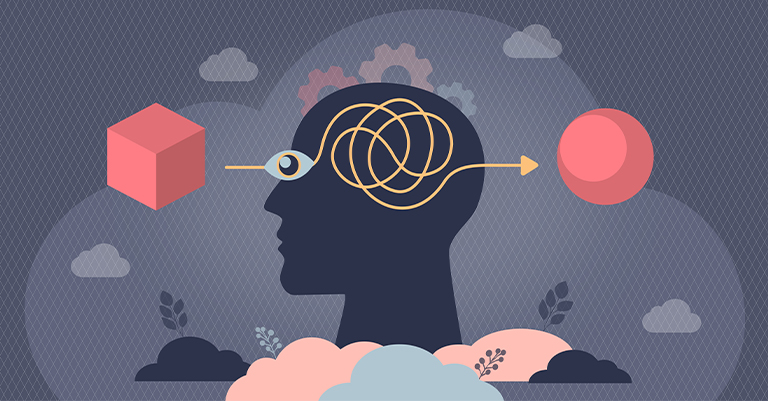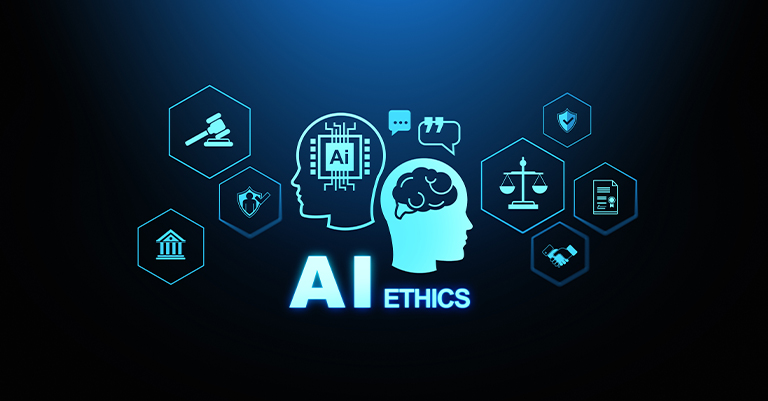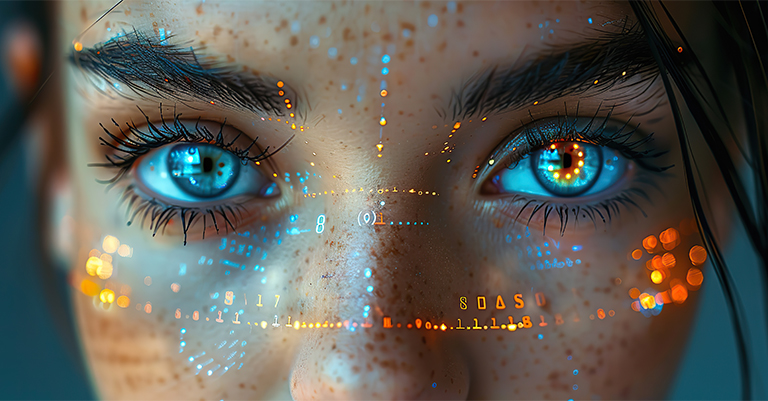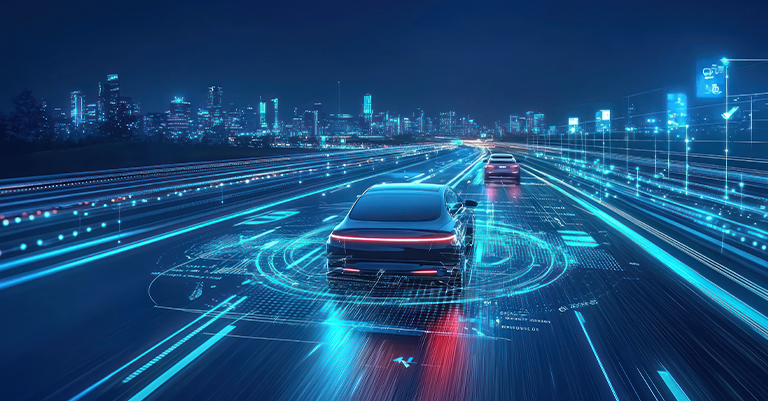How Can We Teach Computers to See Fairly?
Have you ever wondered how computers can “see”? Computer vision, a key part of artificial intelligence (AI), helps computers understand pictures and videos. For example, you can unlock your phone with your face. That’s computer vision in action! However, with great power comes great responsibility—this is where computer vision ethics come in. Can computers “see” fairly, without bias? Let’s explore what bias is, why it matters, and how we can fix it.
What Is Bias, and Why Does It Matter?
Bias happens when something is unfair or favors one group over another. Computers can pick up bias from the data they’re taught with. For example, if a computer learns about faces using mostly light-skinned people’s photos, it might not recognize dark-skinned faces as well. This can cause problems like:
- Unfair Treatment: The computer might mix up people’s faces based on skin color or gender.
- Missed Opportunities: Biased systems may ignore certain groups for jobs or ads.
Addressing these issues is an important part of computer vision ethics. Teaching computers to treat everyone equally helps avoid these mistakes and ensures fairness.
How Does Bias Get Into AI?

Computers don’t think like humans; they learn by studying data. If the data contains unfair patterns, the AI learns those too, leading to bias. Bias can sneak into AI systems in several ways:
- Unfair Training Data: If most of the pictures used to train an AI system show men, the computer might assume men are more important or common in certain roles, ignoring women or others.
- Limited Diversity: If the dataset mostly includes people from one culture or with one skin tone, the computer won’t learn to recognize others, leading to unfair results.
- Wrong Labels: Humans label data to teach computers. If they make mistakes, such as labeling a woman as a “man” or misidentifying objects, the computer gets confused and learns incorrect patterns.
These issues highlight the need for strong computer vision ethics to guide how AI systems are trained and used.
Real-Life Examples of Biased Computer Vision
Bias in computer vision has caused real-world problems that affect people’s lives in serious ways. Here are a few examples:
Facial Recognition Errors
Some facial recognition systems make more mistakes with people of color than with white people. This happens because the AI is trained on biased data, often with more light-skinned faces. These errors have led to wrongful arrests, harming people and reducing trust in the technology.
Healthcare Mistakes
AI tools used in healthcare don’t always work well for everyone. If the system was trained using data from only one group, like white patients, it might miss important health problems in other groups. This can lead to dire consequences for people’s health.
Job Discrimination
Some AI systems used for hiring have favored men over women. This bias happens when the training data reflects unfair ideas, like assuming men are better for leadership roles. These mistakes can limit opportunities for women and other groups, creating unfairness in the workplace.
These examples show how bias in computer vision can create real harm. Computer vision ethics are essential to ensure that AI systems are fair, unbiased, and beneficial to all.
Why Fixing Bias is Important

Bias isn’t just unfair—it can hurt people in real ways. When AI is biased, it makes decisions that can cause problems for certain groups. If we don’t fix it, here’s what could happen:
- Some People Get Left Out: A biased AI might stop certain people from getting jobs, loans, or education. For example, if a hiring tool only picks men for a job, it’s not giving women a fair chance.
- Spreading Unfair Ideas: If AI learns from data with stereotypes, like “girls only do housework,” it might keep sharing those wrong ideas.
- People Stop Trusting Technology: When AI makes unfair choices, people stop trusting it. This means we might not use helpful tools like AI in hospitals or schools.
Computer vision ethics aim to prevent these problems. Fair AI helps everyone by giving equal chances, breaking unfair stereotypes, and keeping technology safe and trustworthy.
How Do We Teach AI to Be Fair?
Fixing bias in computer vision takes effort, but it’s possible. Here are some steps we can take:
Collect Diverse Data
To make AI fair, we need to show it examples that include all kinds of people. AI learns by looking at pictures, so we need to give it a wide variety. Here’s how:
- Show People with Different Skin Colors, Ages, and Backgrounds: The pictures should include kids, adults, and older people from all over the world. For example, it should see faces of people with light skin, dark skin, and everything in between.
- Show Different Activities: The pictures should show people doing lots of things, like playing sports, working, or relaxing at home. This helps the AI learn about all the ways people live and work.
- Don’t Focus on Just One Group: If we only show pictures of one type of person, like young adults, the AI will think that’s the “normal” group and might treat others unfairly.
By teaching AI with pictures of all kinds of people, we support fairness and uphold computer vision ethics.
Test for Fairness
Scientists check AI to make sure it’s fair. They test how well it works for different kinds of people. For example, they might see if the AI can recognize faces of both kids and adults or people with different skin colors.
If the AI makes more mistakes for one group, like mixing up faces of dark-skinned people, the scientists make adjustments to fix it. They keep testing and improving the AI until it works well for everyone. This way, the AI can treat all people equally and avoid unfair mistakes.
Improve Transparency

AI systems should be clear about how they make decisions. This helps experts spot problems, like bias, early on. Here’s how we can make AI more understandable:
- Show Where the Data Comes From: AI learns from data, so it’s important to share the sources. For example, if the AI was trained with pictures, experts need to know where those pictures came from and if they included all types of people.
- Explain Its Decisions: AI should be able to tell us why it made a certain choice. For example, if an AI system picks someone for a job, it should explain the reasons, like their skills or experience.
When AI is clear and honest, it’s easier to find and fix unfair mistakes, making the system better for everyone.
Hire Diverse Teams
Having diverse teams work on AI makes it better and fairer. People from different backgrounds bring new ideas and ways of thinking.
For example, someone might notice if an AI system isn’t fair to a group they belong to, like women, kids, or people from a certain culture. By working together, team members can find and fix these problems faster.
When people with all kinds of experiences help build AI, the system learns to treat everyone more equally. It’s like having a group project where everyone shares their unique skills to make the final work better for everyone!
Regulate AI Use

Governments and companies can make rules to help AI be fair for everyone. These rules make sure AI systems don’t harm people or treat them unfairly. Here are two ways they can do this:
- Stop Biased AI Until It’s Fixed: If an AI system is unfair, like mixing up people’s faces or leaving out certain groups, it shouldn’t be used until scientists fix it.
- Ask Companies to Share Their Work: Companies should explain how they check their AI for fairness and what steps they take to reduce bias. This helps everyone trust the technology.
By setting rules, we can promote computer vision ethics and make AI safe and fair for all.
The Role of Everyday People in Computer Vision Ethics
You might wonder, “What can I do to help?” Even if you’re not a scientist, you play an important role. Here’s how:
- Ask Questions: If you see AI being unfair, speak up. Your voice can help spark change.
- Learn About AI: Understanding AI helps you spot bias and talk about it with others.
- Support Fair Technology: Choose companies that value fairness in their products.
Together, we can push for ethical AI.
Closing Thoughts on Computer Vision Ethics and Seeing the World Without Bias
Computer vision is an amazing technology that can do great things, like helping doctors find diseases or creating safer self-driving cars. But for AI to truly help everyone, it needs to be fair.
This isn’t just about fixing technology—it’s about doing what’s right. Computer vision ethics help ensure AI treats everyone equally, no matter their skin color, age, or background.
To build fair AI, we need diverse data, careful testing, and teams representing everyone. Together, we can create AI that sees the world as it truly is—diverse, beautiful, and full of possibilities. Let’s work to make technology fair and beneficial for everyone!





